Whether you fly drones for capturing breathtaking aerial footage or purely as a leisure pursuit, staying on top of these regulations ensures your activities are above board.
The UK has clear directives that range from essential registration to intricate guidelines covering different types of flights. By examining this content about UK drone laws, remote pilots will secure vital knowledge on how to get their operator ID and flyer ID – key steps before taking off.
You’ll also gain insight into operational nuances such as low-risk ‘Open’ category rules or higher-stakes ‘Specific’ category procedures – including risk assessments and remote pilot competency requirements. Moreover, commercial operators will discover what permissions they need in line with privacy considerations.
Safety is at the heart of responsible flying. So, we will also look at airspace restrictions – crucial for any avid flyer eager to share the skies safely.
Registration and operator ID requirements for UK drone pilots
To fly a drone in the UK, registration with the Civil Aviation Authority (CAA) is mandatory for drones fitted with cameras or weighing 250g or more – an obligation that must be renewed annually.
Registering your drone with the Civil Aviation Authority (CAA)
To become a recognised UK operator of unmanned aircraft systems like drones and model aircraft, you’ll have to navigate through CAA’s registration requirements. Securing an operator ID means attaching it clearly on your device – think of it as giving your drone its own number plate. Getting hold of a Flyer ID demands passing an online theory test proving that when it comes to aviation safety and privacy laws in open air spaces, you know what is what.
Flying without ticking all of the legal boxes could land more than just your drone into trouble – it might be followed by hefty fines or even prosecution under current UK regulations if ignored.
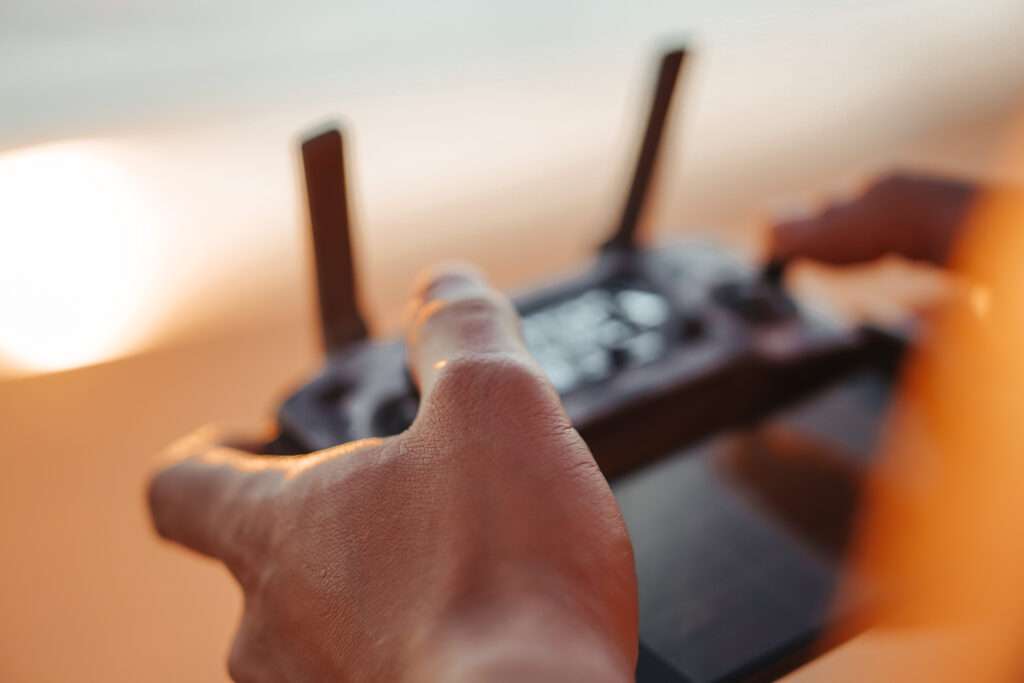
The Open category of UK drone laws
Exploring the Open category for low-risk drone flights is a journey into understanding just how accessible the skies have become. This category, which doesn’t necessitate complex permissions or remote pilot training beyond the basics, allows both hobbyists and professionals to take to the air with ease.
Understanding subcategories within the Open category
Flying drones in accordance with the Drone Code, there are three subcategories: A1, A2 and A3 – each designed with specific boundaries based on weight and use case scenarios.
The A1 subcategory permits flying over people with small drones weighing less than 250g; meanwhile, A2 offers more freedom but requires additional competencies when your drone weighs up to 4kg. Finally, there is an emphasis on safety underpinning every flight in these categories.
In contrast, commercial operators eyeing higher risk adventures must venture into the Specific category or Certified category where detailed risk assessments come into play.
Adhering to maximum height restrictions and visual line of sight rules
Navigating our beloved open air is not a free-for-all – there are rules designed to keep everyone safe. For instance, regardless of whether you are engaged in model aircraft flying or capturing breathtaking HD video footage for your latest project, your device must not soar past 120 metres above ground level – a ceiling set by experts who know too well that danger grows as altitude does.
Beyond height limits is another cornerstone rule: maintaining visual line of sight at all times during drone flights is non-negotiable because it’s about avoiding collisions – no one wants their day ruined by an unexpected meeting between their unmanned aircraft and manned aviation.
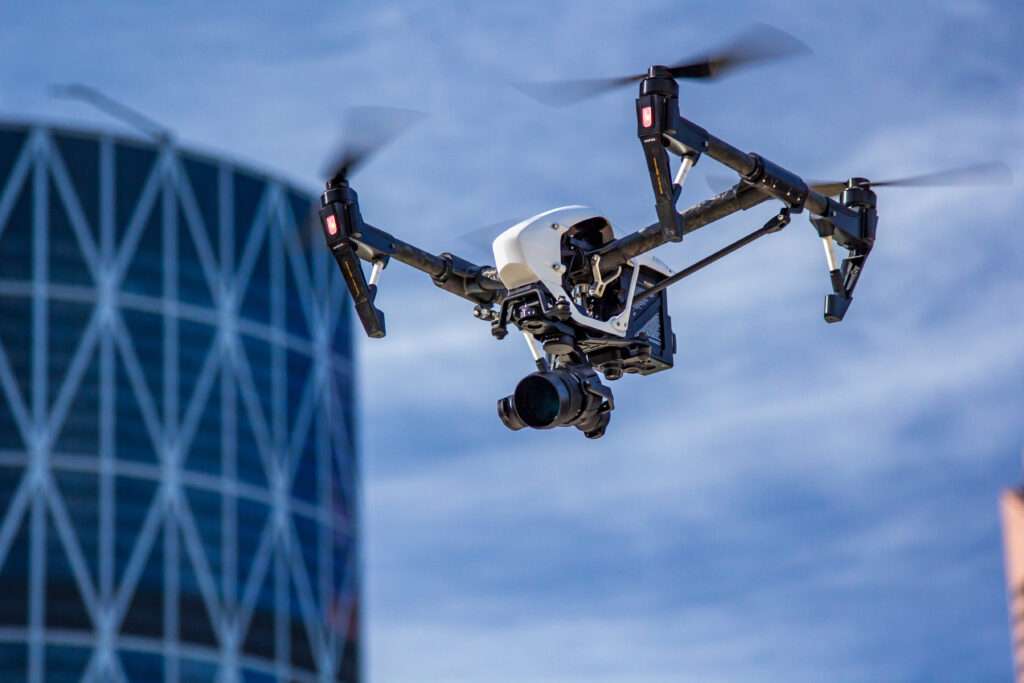
Navigating specific category operations
Drone operators aiming to undertake higher-risk flights within the UK must adhere to stringent regulations. These regulations, known as the Specific category, are far from straightforward.
Conducting risk assessments for Specific drone operations
To fly drones that do not fit into the low-risk Open category bracket, you will need an Operational Authorisation from the Civil Aviation Authority (CAA). But first things first: risk assessments. They are not just box-ticking exercises, they are your safety net and the CAA will not give you a nod without one.
Risk assessments require meticulous planning and understanding of both drone technology and aviation authority guidelines – which include keeping away from congested areas unless cleared for takeoff with proper authorisation.
Achieving drone pilot competency through accredited training courses
Gaining competency as a remote pilot is not something you can cram overnight like an exam during university days – it takes accredited training courses recognised by UK authorities. You need a robust grasp over everything from avoiding collisions with manned aircrafts, to mastering control even when GPS decides to go AWOL at critical moments.
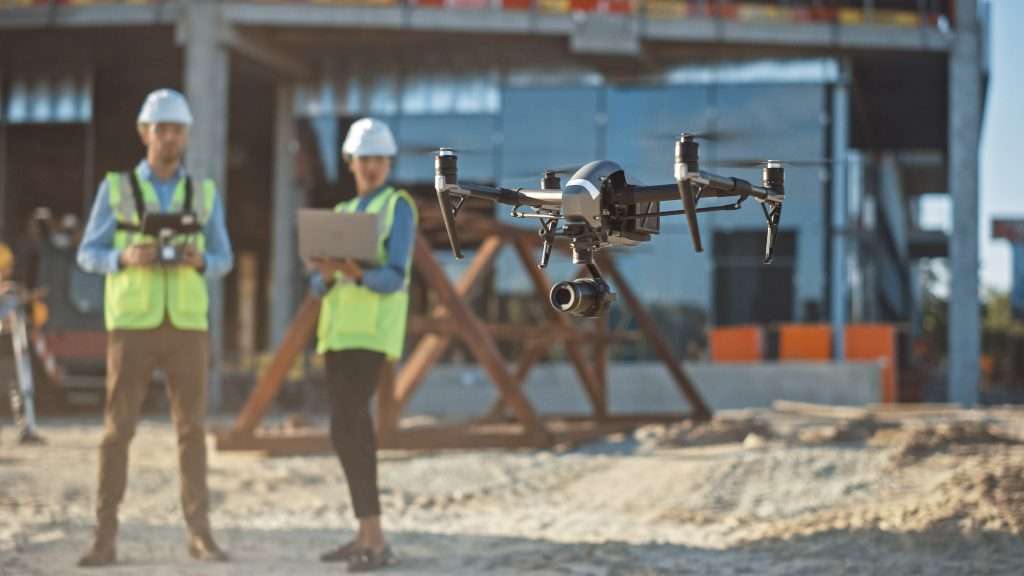
Commercial use of drones in the UK
Privacy laws compliance by commercial operators
The commercial drone landscape in the UK is dynamic, with businesses exploring innovative ways to leverage unmanned aircraft systems. But flying drones commercially is not just about getting spectacular aerial shots or delivering goods swiftly, it is also about strict adherence to privacy laws designed to protect individuals against unwarranted surveillance and data collection.
When deploying drones for commercial purposes, operators must be astute regarding how they capture and handle data. The implications are significant: mishandling could lead not only to penalties but also reputational damage that no amount of skilful piloting can undo. To operate within legal bounds, one must become well-versed with both aviation regulations and privacy legislation – this is a task requiring diligence beyond obtaining a drone licence.
In essence, respect for individual privacy forms as much a part of flight preparation as any pre-takeoff checklist. Whether you are capturing footage over urban landscapes or conducting surveys in more secluded areas, every flight must account for bystanders’ rights – treating their personal space as no-fly zones unless consent has been secured.
Navigating drone registration and licensing processes
Becoming an authorised drone operator under the Civil Aviation Authority (CAA) demands precision. It starts with securing your place on the CAA’s radar through mandatory registration – an unskippable step if your device tips scales at 250g or brandishes any form of camera equipment.
Your journey continues with acquiring two essential credentials: an Operator ID (for those responsible for managing drones) and a Flyer ID (which proves pilot competency following an online test passed successfully via resources available on the CAA website). This certification process underscores commitment towards professional standards among pilots seeking entrance into this airborne endeavour.
Whether capturing real estate images from high-vantage points or inspecting hard-to-reach infrastructure, commercial drone operators must obtain proper permission in compliance with regulations before taking flight. This involves adhering to safety procedures and respecting public confidentiality.
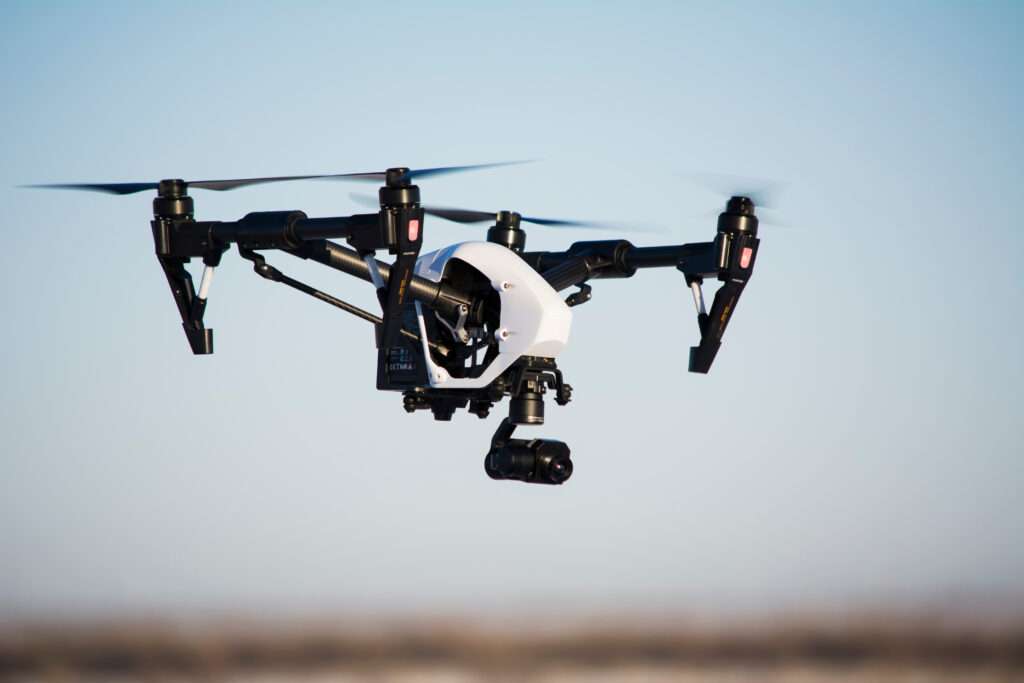
Safety guidelines and airspace restrictions
Complying with air traffic control
The skies are bustling, and drones add a new dimension to the tapestry of air traffic. To ensure harmony above, strict adherence to Civil Aviation Authority (CAA) regulations is non-negotiable for drone operators. Navigating through controlled airspace? You are in air traffic control territory. Clear communication with controllers is paramount because they orchestrate the safe flow of both manned and unmanned flights.
Your drone must not be an unwelcome guest among aircraft – maintaining clear separation ensures everyone’s safety aloft. It is law enforcement without room for interpretation or error.
Avoiding collisions with manned aircraft
Drones may seem like David against the Goliath of manned aviation, but this underdog must not challenge giants at altitude. The potential for near misses or worse is real.
To avoid these scenarios, fly your drone within visual line-of-sight limits and always below 120m – a ceiling set by authorities as a buffer zone between peaceable coexistence and chaos in our skies.
Not flying in airport flight restriction zones without permission
Airports are hubs of aerial activity where risk assessment is critical. Venture into flight restriction zones around airports uninvited and you will find yourself on the wrong side of legal and possibly physical barriers.
Flying close requires explicit permission from airport authorities – not just to comply with regulations but also as a demonstration of deep respect for safety protocols that protect lives daily on our nation’s runways. If you seek access to such sensitive areas, obtaining permission first is imperative; doing otherwise could result in severe repercussions beyond hefty fines – you endanger human life itself when flouting these restrictions designed precisely to prevent tragic outcomes amid intense airborne traffic flows.
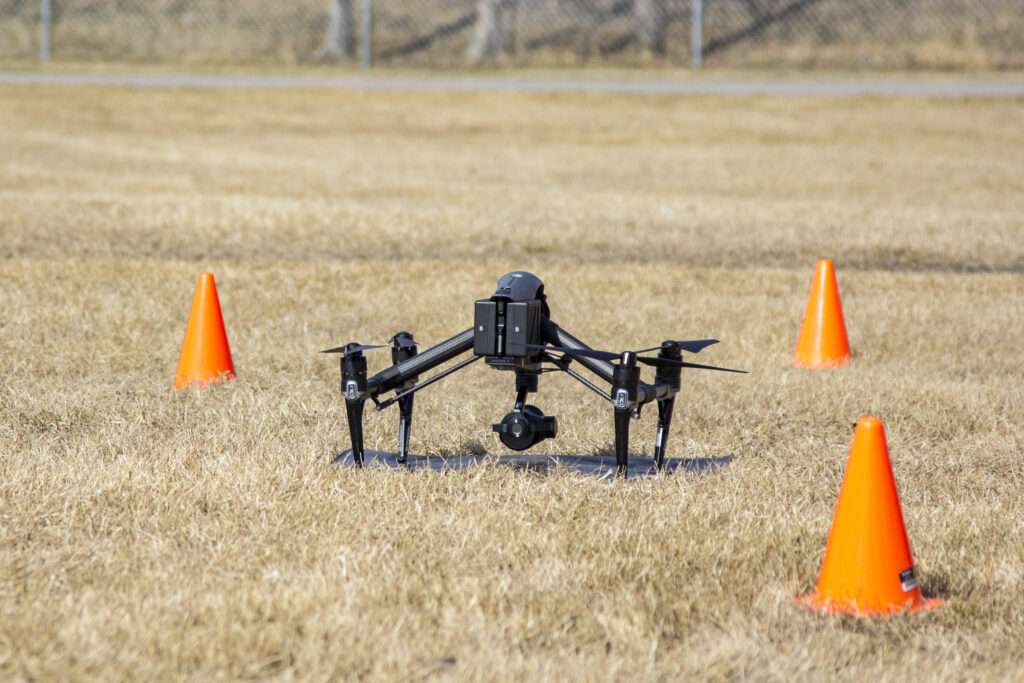
Advancements in drone technology
Drones have evolved from simple toys to sophisticated tools. Today, drones are not just flying cameras but highly advanced pieces of technology with features that ensure their safe design and operation. From HD video capabilities to First Person View (FPV) technology, these advancements allow for a range of activities far beyond what was previously possible.
Safety features and technologies in modern drones
The leap in drone tech has been significant. Some model aircraft now boast long-range capabilities exceeding 1km, letting pilots explore the skies like never before while maintaining high-definition (HD) clarity on their footage. It is this kind of innovation that promotes safer flights by giving operators crystal-clear views even when the drone is a speck against the clouds.
Decent battery endurance means today’s drones can fly longer without needing a recharge – crucial for those who use them professionally or during extended periods of leisure activity.
Promoting safe and responsible drone flying
To keep up with such rapid development, regulatory bodies must evolve too. The Civil Aviation Authority (CAA), which governs airspace usage within the UK, stipulates strict registration requirements. If you own any type of drone weighing over 250g or equipped with a camera, registration is mandatory, ensuring everyone flies safely and responsibly.
Beyond compliance is an understanding that each advancement brings new responsibilities. Ensuring your craft meets class marking set out by authorities is one thing but recognising how to use these machines without infringing on privacy laws or risking collisions takes both awareness and education – a responsibility every pilot should take seriously.
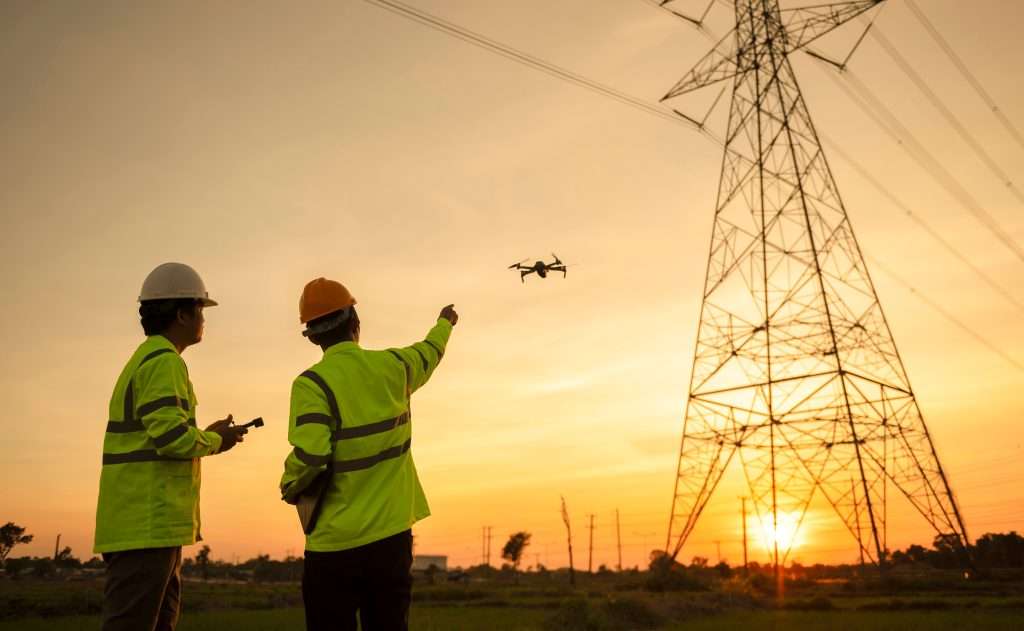
Resources support for UK drone enthusiasts
The landscape of unmanned aircraft systems (UAS) is ever-evolving, with enthusiasts needing to stay on the pulse of change. For pilots and operators committed to continuous learning, there is a wealth of resources available. These serve as vital tools in navigating the complex web spun by evolving laws.
Finding guidance and staying updated
It is essential for UK drone fans to have access to the latest information in order to fly lawfully and securely. The Civil Aviation Authority (CAA), as the regulatory body overseeing aviation in the UK, offers comprehensive details regarding drone operation guidelines and registration requirements – information that no pilot should be without.
Whether you are flying a model aircraft or piloting a commercial drone, understanding your responsibilities under current regulations ensures compliance and promotes responsible usage among both hobbyists and professionals alike.
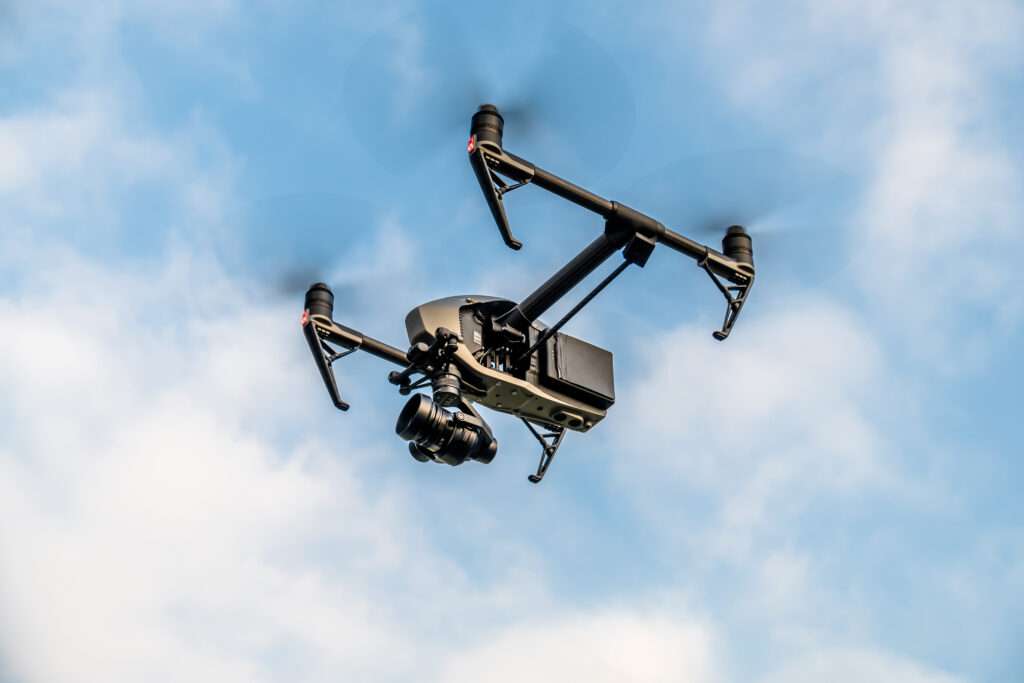
FAQs In Relation to UK Drone Laws
You will need to register and get an ID from the CAA for drones over 250g or with cameras.
Drones under 250g have fewer restrictions, but still must follow privacy and safety rules.
Flying over private land is okay, but respect privacy laws and avoid causing distress or nuisance.
You can, as long as you steer clear of people and stay within visual line-of-sight at all times.
Wondering if your business can can take advantage of drone surveys? Check out our recent article on Drone survey demand is rising – how can businesses benefit? Or view all our drone related articles here >